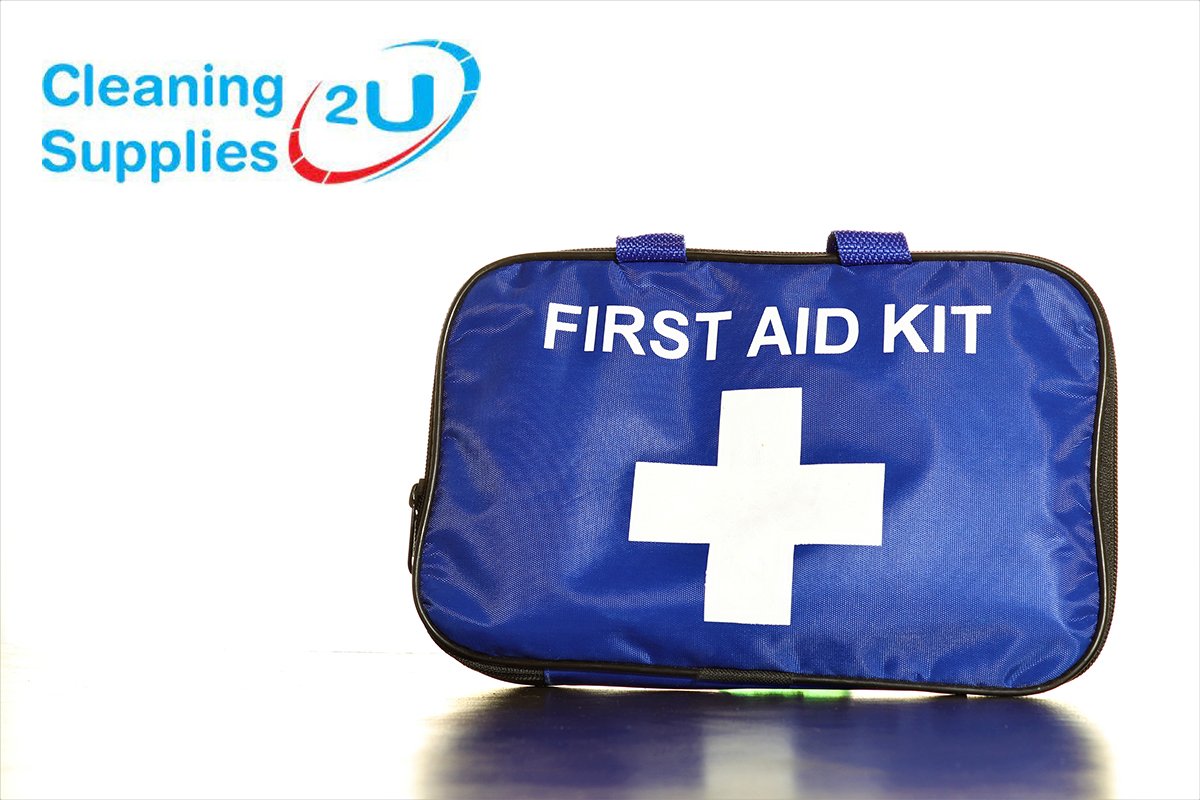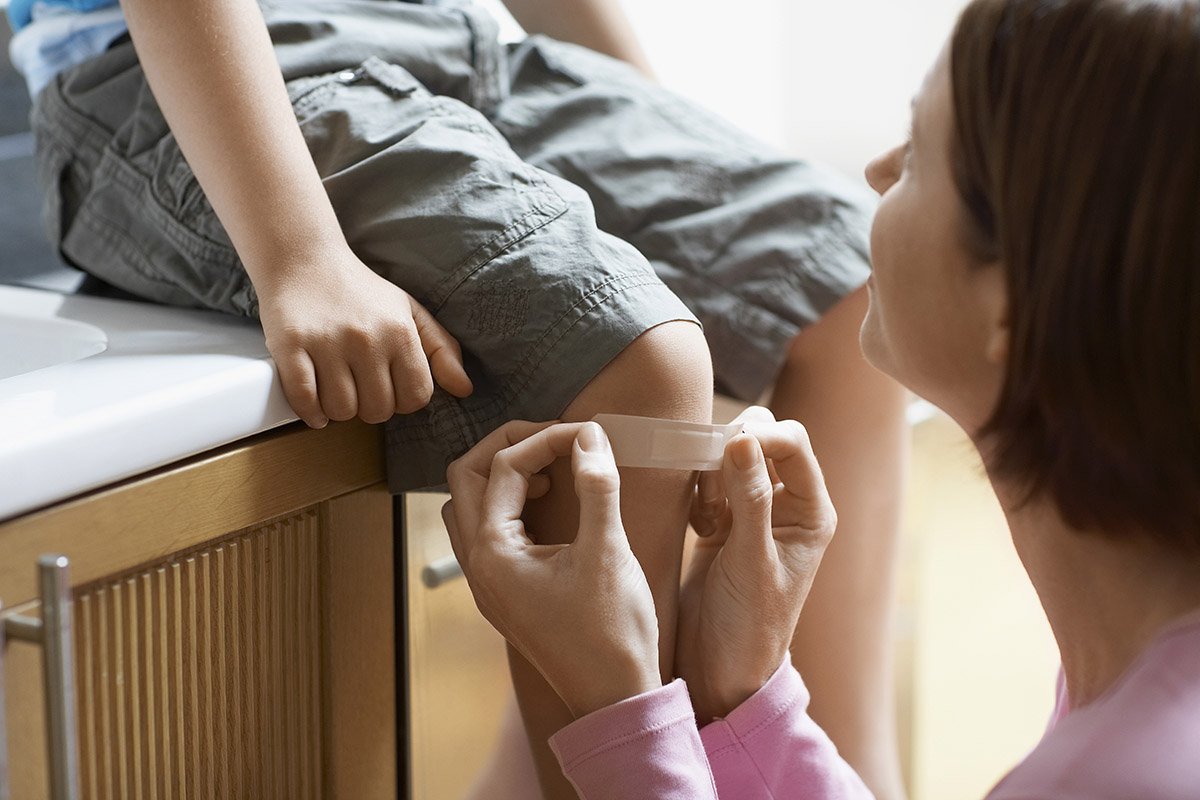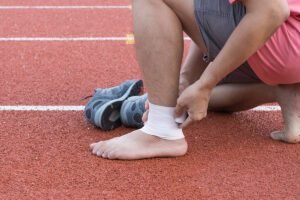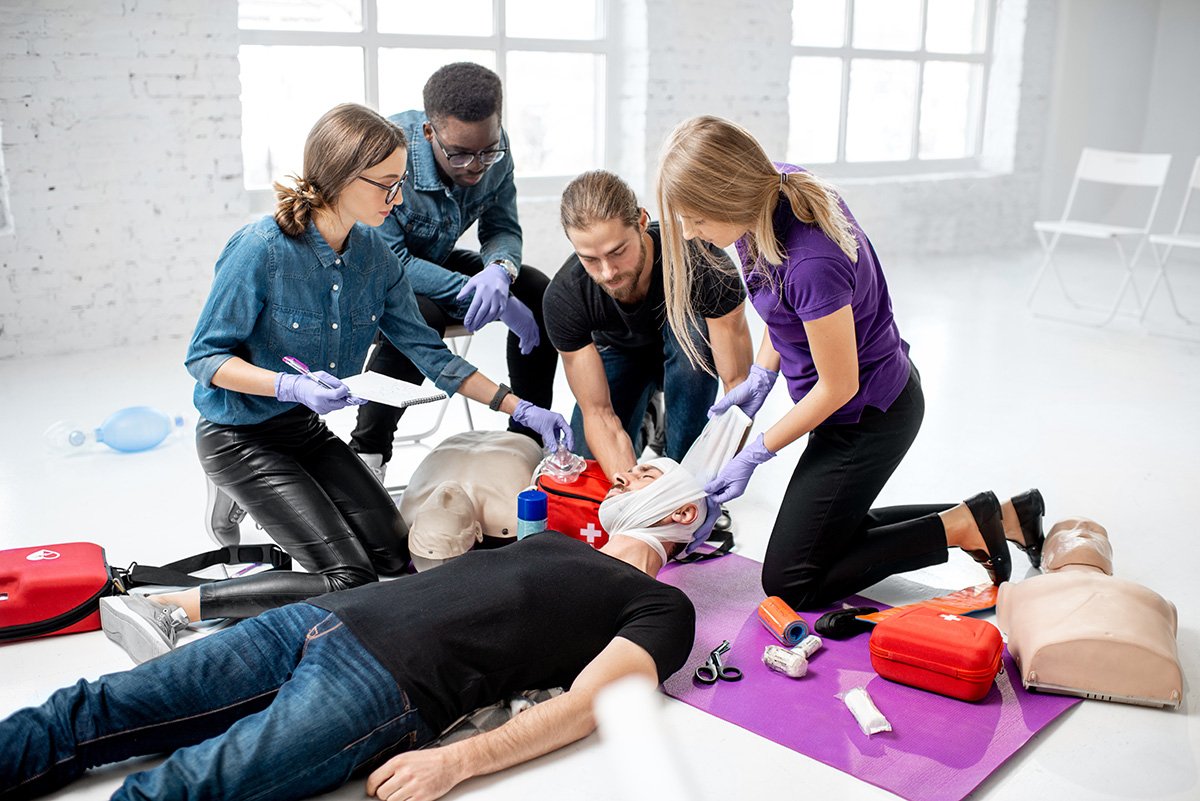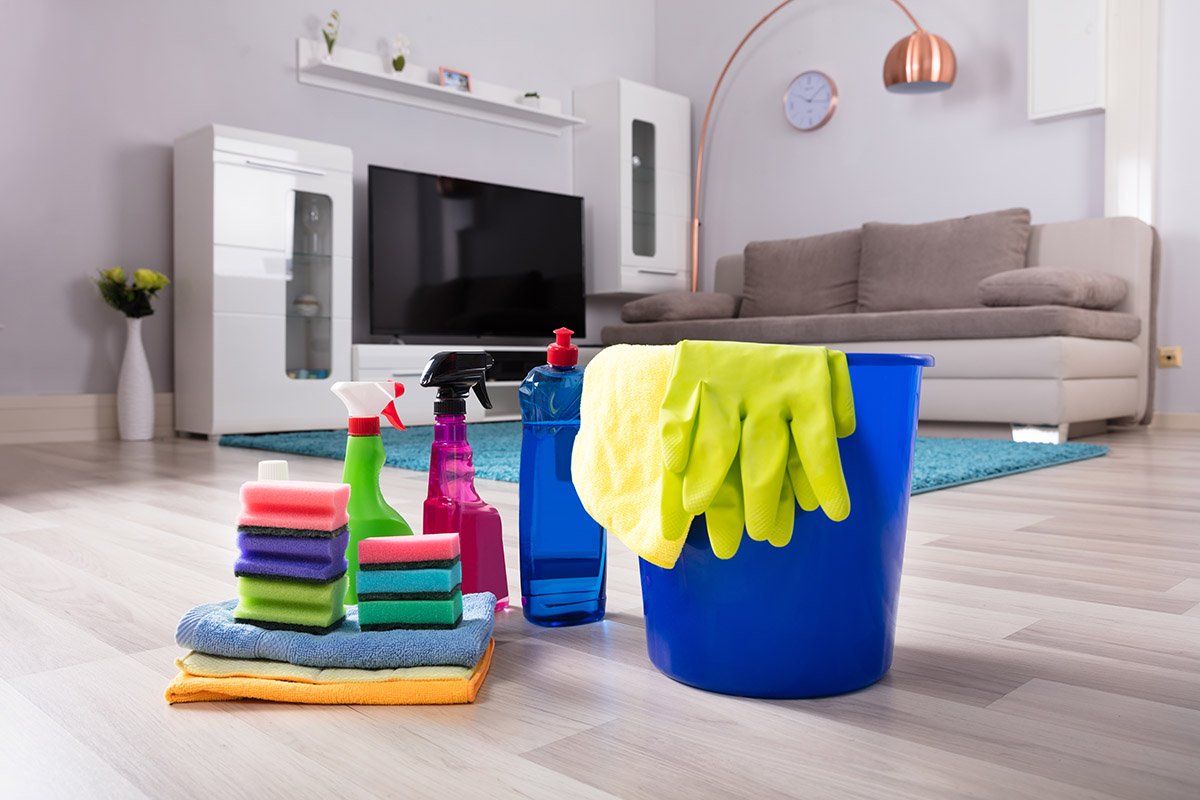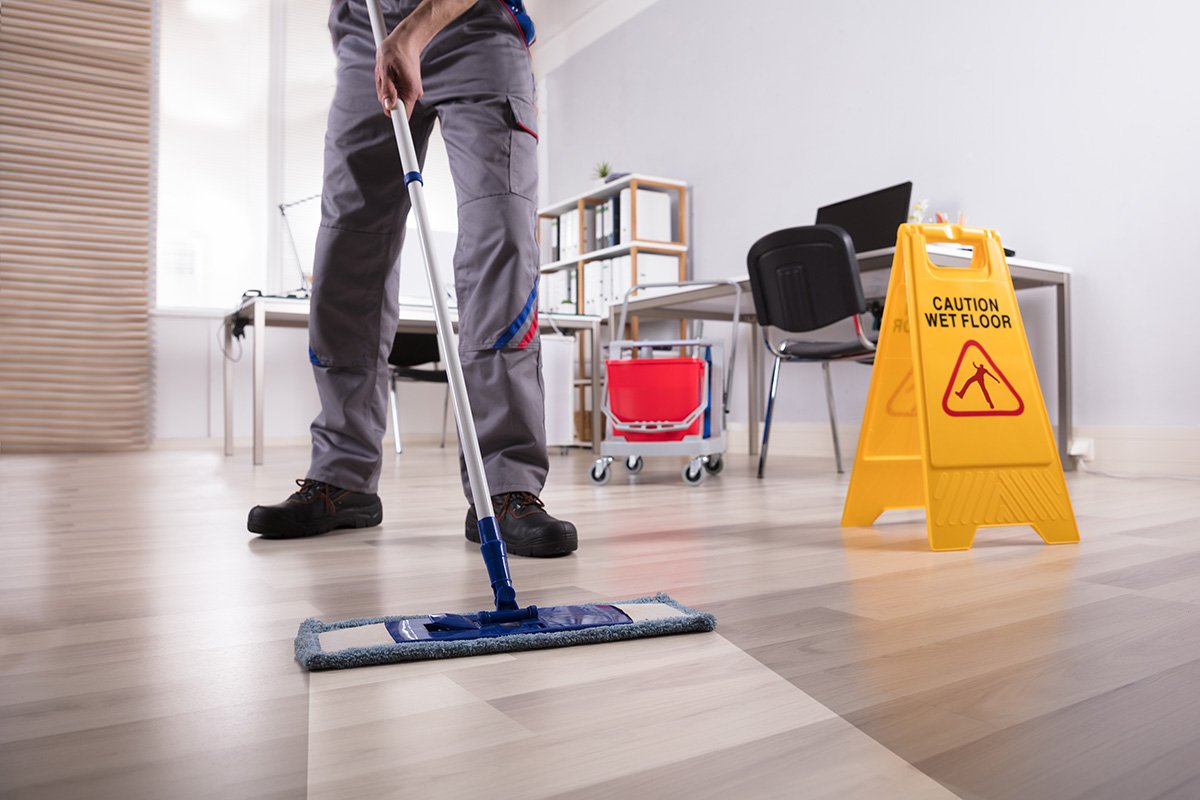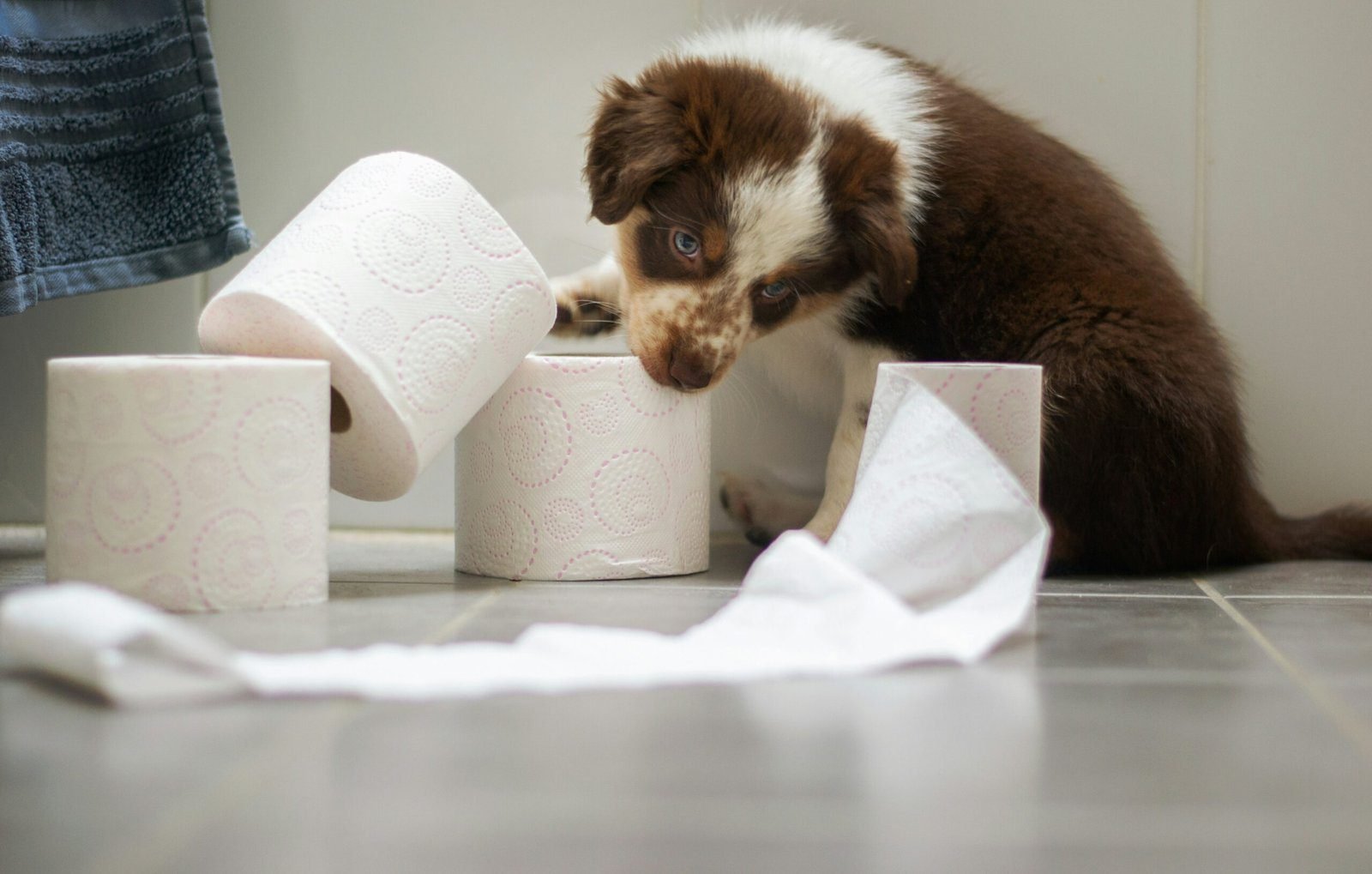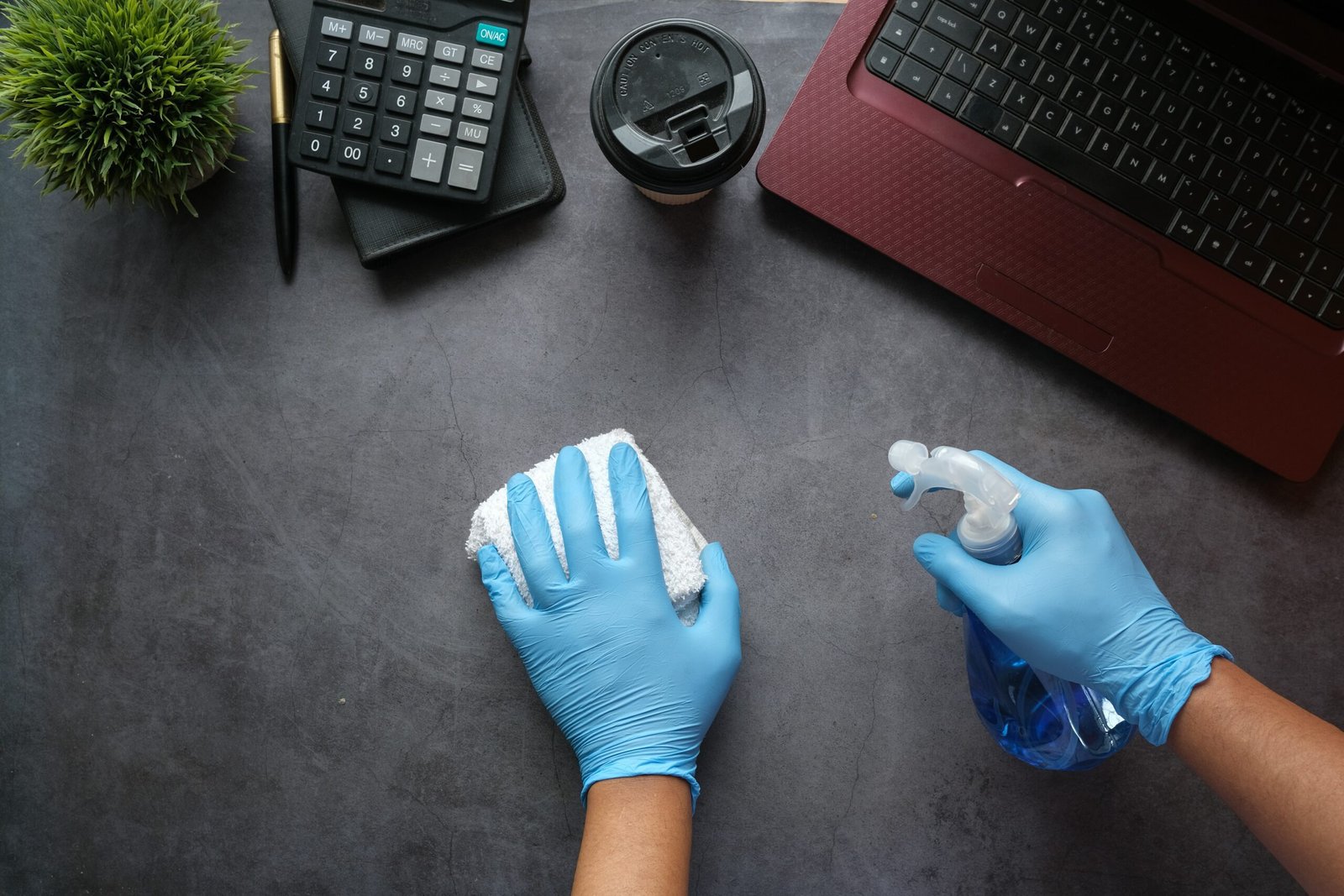What is a First Aid Kit NOT?
Does this sound like an obvious question? Let me tell you a true story.
It was many years ago, but a friend started work as the admin manager in an office. She noticed there was no first aid kit, so sent one of the sales guys over to the local chemists to buy one.
He came back laden with packets of paracetamol and Beecham’s Powders. There may have been a packet of plasters…
Basically, he’d bought a hangover cure kit.
He was sent back with a flea in his ear, and instructions to ask for an actual ‘first aid kit’ suitable for the number of people in the office.
OK – What a First Aid Kit Is…
Your first aid kit usually lies unregarded in a cupboard or shelf – it’s that thing no one actually wants to need.
But it’s not just useful to have one to hand – in almost all workplaces it’s a legal requirement. The exception is if you work from home, or a co-working space, and what you do is low-risk, such as a desk-based job.
That’s not to say you should ignore the ergonomics of office desk and chair use! It’s just that a bandage won’t be much use for a backache.
What’s in Your First Aid Kit?
In a general office environment, here’s what you’ll find in your first aid kit:
- Plasters
- Bandages
- Wound dressings of various sizes
- Eye-pads
- Safety pins
- Vinyl gloves
- Alcohol-free wipes
The quantity of each will depend on the size of kit you need. You find there are kits for 1-10 people, 11-20 people, 21-50 and larger.
Where is Your ‘Office’?
There are specialist kits designed for specific workplaces.
Catering and Hospitality
Our BS8599 Catering First Aid Kit is compliant with food and catering industry requirements. Blue dressings are mandatory in catering environments, and that’s what this kit gives.
And of course – a common hazard in a kitchen environment is the risk of burns. Products that deal with burn injuries are included in this kit.
Plus it comes in a blue case to make it instantly clear it’s for catering use.
School and Education
We also have first aid kits specifically for Childcare and Classroom use.
These comply with advice from both the Health and Safety Executive (HSE) and the Pre-School Learning Alliance.
Kids will careen around with no thought for bumps and bruises. When those scrapes inevitably happen – you need to have the kit right there to deal with it fast, along with instructions about how to treat any medical emergency.
You know it’ll be grazes and cuts you’ll deal with mostly, but the kit also allows you to cope with more serious situations, such as burns, broken bones and more serious wounds until you can get professional help.
Schools on the Move
For students of any age, our School Trip Travel Kit makes those field trips safer.
Young people on the loose can be prone to a plethora of hazards – and you’ll be expected to have all you need to deal with any type of first aid required. Sterile bandages and wound dressings, hypoallergenic plasters, pins and scissors all help to ensure you can step in when needed.
Sports Everywhere
There’s a Sports First Aid Kit too – brilliant for school sports events, or any sports hall or venue. Not to mention our excellent Sports Medical First Aid Kit Bag, which contains a comprehensive range of medical supplies – 70 essential items in all. It comes in a hardwearing bag containing detachable compartments for ease of access.
Is the Road Your Workplace?
Do you drive for a living? We can supply a Taxi and PSV First Aid Kit, specifically devised for use in minor traffic incidents. If you’re involved in a more serious accident, it will allow you to provide first aid while you wait for the emergency services to arrive.
And just for everyday driving, a Vehicle First Aid Kit will be a great help if you’re involved in a bump. If you use your car for any kind of work purpose, it’s an essential.
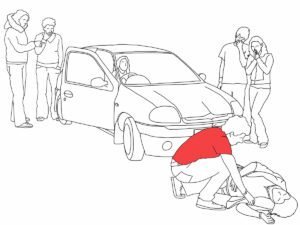
As you can see, First Aid Kits come in all sorts, shapes, and sizes, and there will be one suitable for your business or personal use.
Of course, you will hope never to have to use your First Aid Kit, but what if you do?
Where Can You Get Refills?
You must keep your kit topped up, so sending someone away with a dressing and a bandage will leave a gap you’ll need to fill.
Luckily, Cleaning Supplies 2U can sell you refills for each of the components. Plus we have a series of additional items that might come in useful.
For example:
- Foil blankets – designed to help conserve body heat and protect a casualty where wind and rain might be a problem.
- Burnshield Hydrogel sachets – to ensure you can always help in the event of kitchen or other fire-related incidents.
- Resuscitation masks – if you need to use CPR and resuscitation techniques, this mask is ideal for protecting both the victim and the rescuer.
- Bio-Hazard kits – after a medical emergency or accident, there may be dangerous substances to clear up. Bodily fluids or hazardous liquids can be safely dealt with using the enclosed gloves, aprons, wipes, scoops and scrapers, disinfectant spray and absorbent powder.
- Sharps bins – do you use needles or blades you’ll need to dispose of? This clearly identified Sharps Disposal Bin keeps them safe.
- Forehead Thermometers – someone got a fever? Check their temperature – it will soon let you know if you should send them home or call for help!
We can also provide Freeze bags, clinical waste bags, eye care kits, and refill packs of all the essential items.
Keeping Your First Aid Kit Up To Date
Strange as it may seem, there are items in your First Aid kit that will expire over time. You don’t want to find yourself urgently needing a wound dressing, and on opening your decade-old First Aid kit, you realise they are no longer in date…
So how on earth can something like a bandage or plaster ‘expire’?
With plasters, as with any sticky item, age can affect their adhesiveness. When you apply a plaster to a cut, you don’t want it to fall off.
Same with sterile items – after a period of time even the best packaging will start to deteriorate, rendering the items inside potentially less safe to use.
Wipes can dry out, gloves can start to perish.
None of which you want to be dealing with if suddenly your kit is called into action.
You can get refills and replacement items on our website, keeping your kit fully stocked and up to date.
Got Your First Aid Kit – Now How Do You Use It?
Having the correct kit is your first responsibility. So now imagine someone coming to you with blood dripping from a wound, or an eye injury.
What would you do?
All that equipment, but do you know how to use it? Do you have a trained first aider in your workplace? And is there always one on hand?
Most First Aid Kits contain a leaflet that will walk you through the basics, but when someone is bleeding, in pain and wanting your help right then – are they going to sit patiently while you read the instructions?
The best thing to do is to get some basic First Aid training.
Established organisations like the Red Cross or St. John’s Ambulance will provide training courses, alongside other providers in your area.
Do You Need a Trained First-Aider?
From a legal standpoint, not all employers need to have trained first aiders on site – every company should take care to check the specific requirements for their circumstances.
The Health and Safety Executive is a good place to start with your inquiry.
In any circumstances, it’s important to have someone who is deemed to be ‘responsible’ for first aid, and why would they not want to be trained?
When an emergency happens, having the confidence and knowledge to make best use of your kit can be exactly what you need to soothe your own nerves, and calm your casualty.
All Bases Covered…
Now you know to start by investigating what your requirements, and your legal obligations, are.
Then you’ll understand which First Aid kit, or kits, you’ll need to buy. And beyond that, take a look at training, so anyone in your workplace who needs help receives confident, competent and immediate assistance.
You’ll find a great selection of First Aid Kits, equipment and refills right here – and if you need any advice or help, just drop us an email, or call us.
We’re always happy to help.
